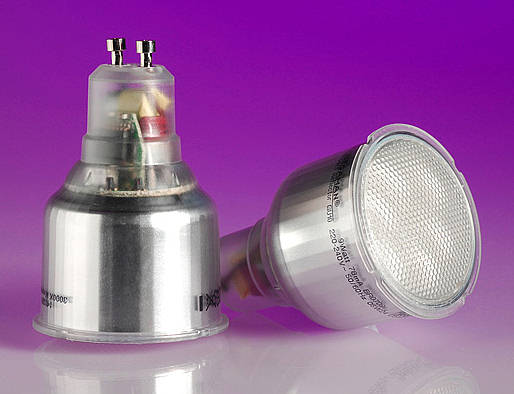I have a number of ceiling spotlights around the house, some are labelled as dimable and some aren't.
What makes a spotlight dimable?
And can non-dimable ones be upgraded?
What makes a spotlight dimable?
And can non-dimable ones be upgraded?


